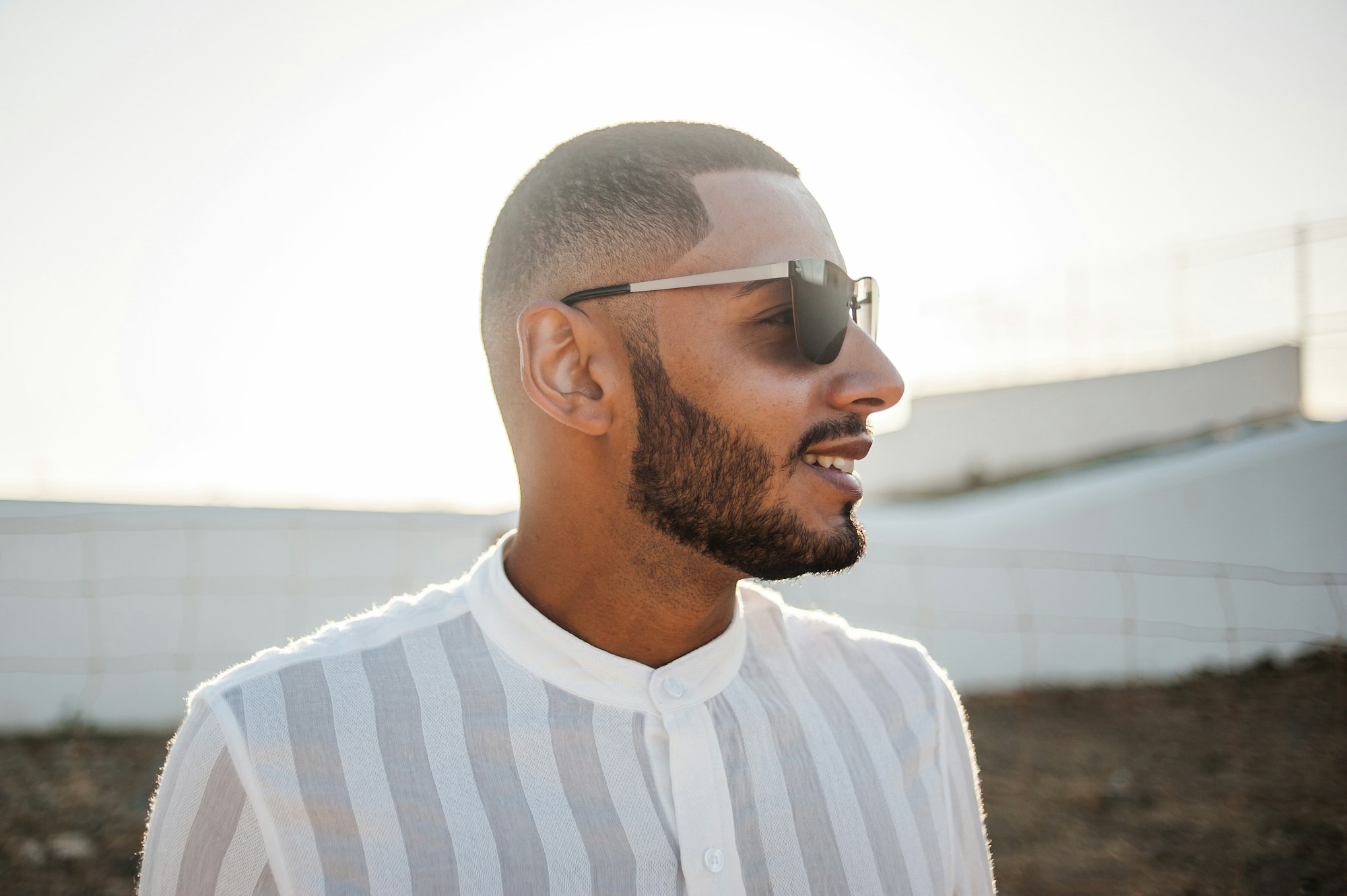
When we think of modest fashion, it’s easy to focus on women’s clothing, but modesty is equally important for Muslim men. In Islam, both men and women are encouraged to dress modestly as a reflection of their faith and personal values. For Muslim men living in diverse societies, the challenge is to find ways to adhere to Islamic guidelines while expressing personal style and staying fashionable.
In this article, we’ll explore the Islamic requirements for men’s modest dress, provide some fashion inspiration, and offer tips on how to balance faith and style.
In Islam, modest dress isn’t just about covering certain parts of the body; it’s also about dressing in a way that reflects humility and respect. For men, the basic requirement is to cover the area between the navel and the knees. This region, known as the awrah, should always be covered in public and in front of anyone who is not a direct family member (mahram).

However, Islamic modesty goes beyond just covering the awrah. Muslim men are also encouraged to avoid clothing that is too tight, revealing, or ostentatious. Simplicity and humility are key principles, which means that flashy or overly expensive clothing can be seen as inconsistent with Islamic values.
Here are some general guidelines for men’s modest fashion in Islam:
Now that we’ve covered the basics of modesty in Islamic dress, let’s look at how you can incorporate these principles into a stylish, modern wardrobe.
Muslim men have the freedom to experiment with different styles and trends while still maintaining modesty. Whether you prefer casual, formal, or traditional styles, here are some tips and outfit ideas to help you stay modest and fashionable.
For everyday outfits, Muslim men can keep things simple yet stylish by focusing on clean lines and comfortable fits. Loose-fitting jeans, chinos, or tailored trousers paired with a well-fitted shirt or polo can create a modest yet modern look.
 Photographs courtesy of Zidouri
Photographs courtesy of Zidouri
For professional settings or formal occasions, Muslim men can still maintain a modest appearance without compromising on style. A well-tailored suit, paired with a modest shirt, is a great option for business meetings or formal events.
Incorporating traditional Islamic clothing into your wardrobe can be both modest and fashionable. Clothing such as the thobe, kandura, or kurta are excellent examples of modest attire that reflects Islamic values. These garments are loose, comfortable, and perfect for religious occasions, Friday prayers, or even daily wear in some cultures.
For Muslim men who are active or enjoy working out, finding modest sportswear is important. Many brands now offer loose-fitting athletic wear that aligns with Islamic principles of modesty. Opt for activewear that covers the awrah and doesn’t cling too tightly to the body.

Islamic modesty extends beyond clothing; it’s also about how a person carries themselves. Muslim men are encouraged to maintain a humble, respectful demeanor in both public and private life. This includes avoiding boastfulness or showing off one’s wealth through extravagant clothing.
Your appearance should reflect humility and self-respect, aligning with the Islamic principles of modesty. By choosing simple, clean outfits and avoiding excessive attention-seeking through fashion, you embody the modesty that Islam teaches.
Fashion for Muslim men doesn’t mean sacrificing style for modesty. By following Islamic guidelines on modest dress—covering the awrah, avoiding tight or flashy clothing, and choosing simple yet stylish outfits—you can maintain your faith while staying fashionable.
Whether you’re dressing for work, prayer, or casual outings, there are plenty of ways to express your personal style while adhering to the modest principles of Islam. From casual everyday wear to traditional attire and formal outfits, Muslim men have a wide range of fashion options that align with both faith and fashion. Remember, modesty is about more than just covering your body—it’s about reflecting the values of humility, respect, and dignity in how you present yourself to the world.